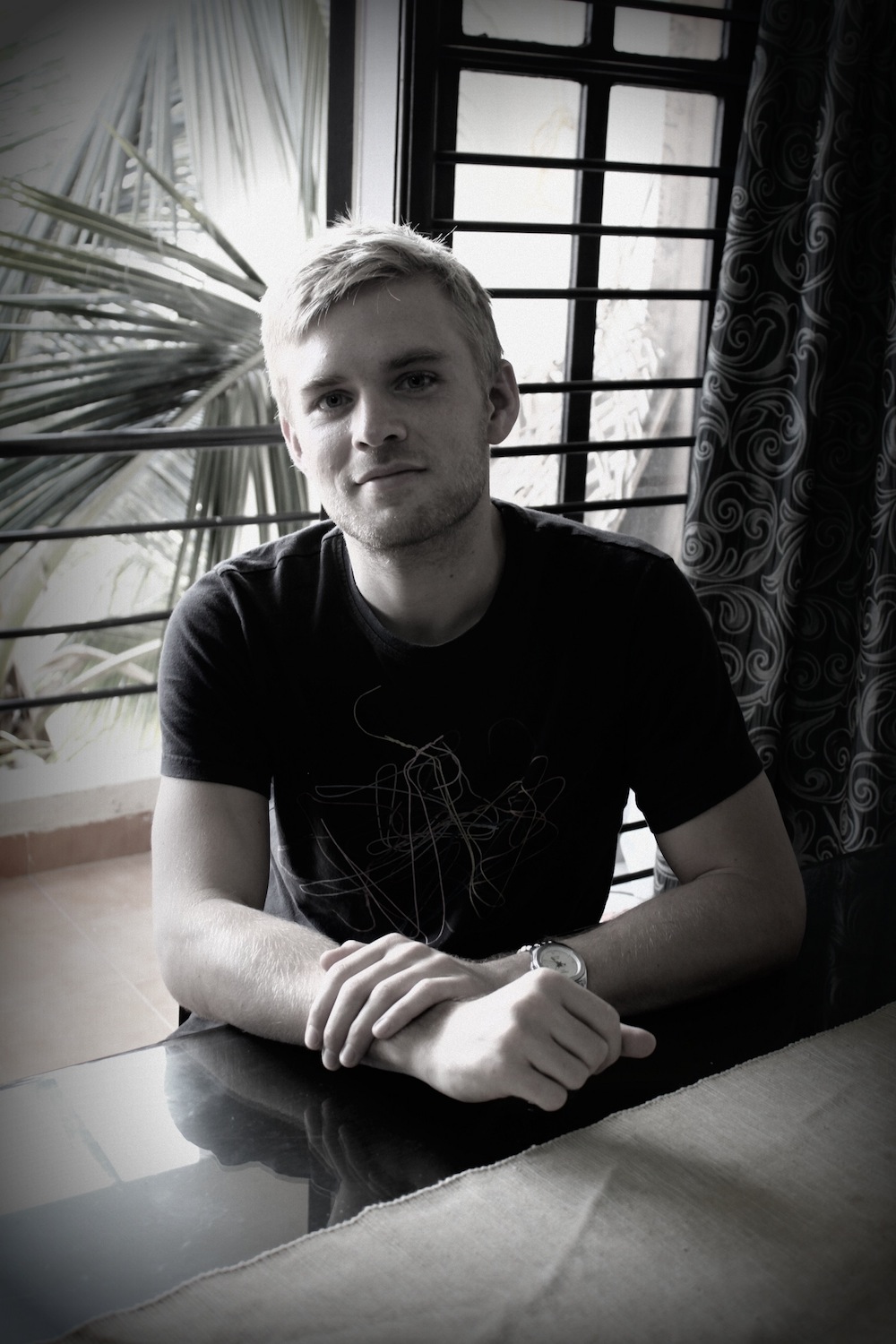
In the late 1800s, France hosted the world's first competitive motor race, and now, the country will set the stage for the next revolution in motor sports: the first-ever "nanocar" race.
Four teams will race tiny vehicles made of a single molecule at The National Center for Scientific Research (CNRS) in Toulouse on April 28. The competition will be broadcast live on YouTube for fans of both motorsports and cutting-edge science.
Aside from putting on a spectacle, the competition is aimed at demonstrating the growing capabilities of so-called molecular machines. Three European academics won the 2016 Nobel Prize in chemistry for demonstrating the ability to design and build devices at the molecular level that work like traditional machines by converting input energy into mechanical work. [Magnificent Microphotography: 50 Tiny Wonders]
Several of the nanocars taking part in the race have a similar layout to conventional car designs, but others are mimicking the motion of things as varied as caterpillars, hovercraft and windmills. Christian Joachim, a senior researcher at CNRS and director of the NanoCar Race, told Live Science the organizers were keen to maintain the innovative spirit of early motorsports.
"In 1894, the first ever car race was organized between Paris and Rouen and if you look carefully, they decided at that time to keep all kinds of propulsion," he said. "In our competition, three cars from three different teams have wheels, a chassis, things like that. Three are nothing like that. We accepted a large variation of molecular designs on purpose to try to understand what works best."
The race is made possible by a one-of-a-kind scanning tunneling microscope (STM). An STM allows researchers to image and manipulate individual atoms using an ultrafine metallic tip, but the device housed at CNRS has four tips, allowing four different users to work on the same surface simultaneously.
These tips will be used to deliver tiny electrical pulses to the vehicles — each consisting of just a few hundred atoms — to power them around a racecourse made of gold atoms. The chemical structure of each nanocar has been specially designed so that the energy from these pulses propels it forward, Joachim said.
Sign up for the Live Science daily newsletter now
Get the world’s most fascinating discoveries delivered straight to your inbox.
The idea for the competition came in 2013, but it has taken more than three years for the organizers to design the racecourse, adapt the STM for the race and for the teams to design their nanocars.
Nine teams initially applied to take part, and six were selected to go forward to the final stages of the race. Only four nanocars will be able to take part on the day, so the best-prepared teams will be chosen shortly before the race, according to the race organizers. Unlike other motor sport competitions, there’s no prize money at stake for the teams; the researchers are just vying for a trophy and bragging rights.
The technology at the heart of the race has potentially transformative applications in fields ranging from medicine to microelectronics. Advances in electronics have traditionally relied on the ever-increasing miniaturization of components like transistors, Joachim said, and continuing this trend will eventually require the ability to construct devices atom by atom.
This technological reality may be a long way off and it is hard to predict the ultimate potential of the molecular machines, but the race will help answer important questions about their robustness to sustained pulses from the STM and the ability to coordinate multiple devices on the same surface, Joachim added.
"One lesson we will learn will be, can we really put four different molecules on the same surface and drive them on the same surface?" he said. "This has never been done before so we will learn the machinery, the software, the technology that enables us to do that."
Original article on Live Science.











